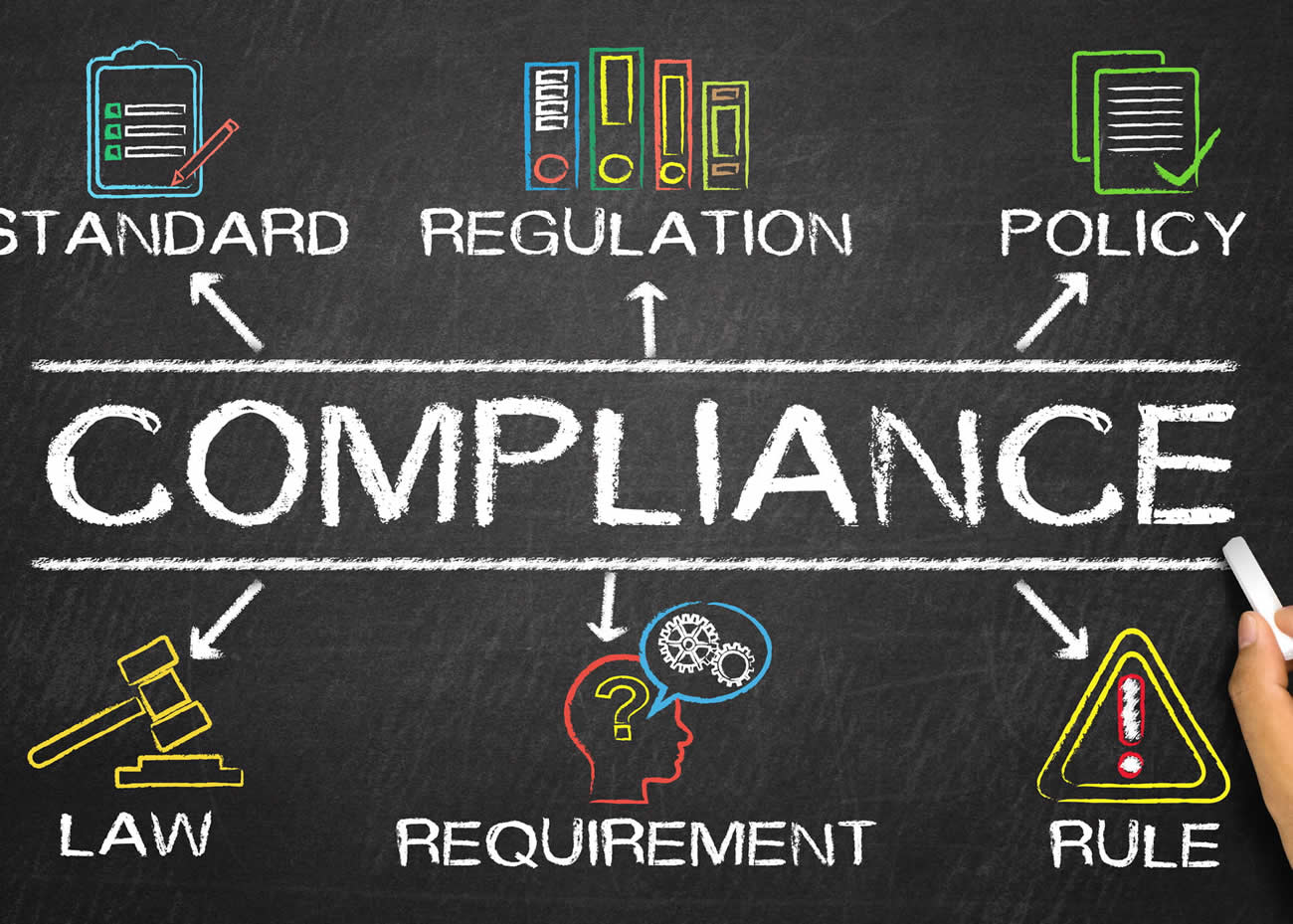Best Practices for Implementing a Proactive Compliance Program: Part Three
Sponsored by: Verisk 3E, Intelex
In this installment, we discuss being the change and the importance of using relevant metrics for measuring and monitoring effective EHSQ policy, positive action and organizational agility in the face of change.
Best Practice: Be the Change
Being the change is hugely important to the success and momentum of your proactive EHSQ compliance programs. To drive culture change, everyone needs to support and showcase how the change is being implemented, communicate wins and build momentum. Being engaged, speaking with people who are part of the change and communicating progress throughout the organization on a regular cadence is paramount.
J.D. Meier, the author of the best-selling book "Getting Results the Agile Way," shared a recipe for sharing personal accountability that can spread throughout an organization to aid meaningful change in his article "Eight Practices for Developing Mindfulness (Act Yourself Into a New Way of Thinking)". He outlines eight practices:
- "Yes, and..." - Swap out "but" with "and".
- Break the pattern - Do the opposite of what you normally do.
- Appreciative inquiry - Ask questions that appreciate what's going well. Help reveal why things are going well.
- Radical Exposure - Expose yourself to radically different people, experiences, and events.
- Unblind your blind spot - Reveal blind spots by putting more on the table and looking for the non-obvious.
- Learn to Listen - Get curious and develop your curiosity. Don't treat information like a broken record, find a new groove.
- Opinion swap - Try another perspective on for size. This will help you see things from new angles.
Best Practice: Capture Meaningful Metrics
The program is launched and seems successful, but EHSQ programs don't exist in a vacuum. It can be difficult to gauge overall effectiveness, but having the right metrics to prove success and to control the program after launch are critical to any successful EHSQ compliance programs.
Leading and lagging metrics remain a critical component in measuring, understanding, and communicating performance of your compliance program. Successful programs always aim to influence a set of defined metrics to improve the business's performance. Understanding how your metrics relate to the cultural identity of the organization is also incredibly important. Metrics that are not culturally founded often provide irrelevant information, clutter communication and can kill a program's internal clarity.
Historically, metrics have been focused on lagging indicators (i.e. the number of compliance violations, number of reportable incidents, etc.). Today leading indicators are gaining industry acceptance for their predictive and preventative benefits. In fact according to the Campbell Institute in their paper on "Transforming EHS Performance Measurement Through Leading Indicators" 61% of survey respondents said that their organizations' ability to measure EHS performance with leading indicators was extremely important. Leading indicators drive positive behavioral changes and allow organizations to anticipate or reduce risks, potentially even averting crises. However, in the same survey EHS professionals were asked their technical knowledge of leading indicators for the business and 47% admitted they were less than proficient. What is even more shocking is that 66% of organizations do not frequently benchmark their leading indicators against other companies in the space.
Leading indicators allow you to measure and see the positive change while giving you a predictive viewpoint into the health of your EHSQ programs. Whether you are tracking safety observations, number of audits conducted, and training or communication events, monitoring leading indicators can help you measure the success of your EHSQ program and help you identify opportunities for improvement.
EHSQ compliance program success is ultimately driven by the culture that supports it. The following actions may be helpful as you work to increase the success of your EHSQ compliance program:
- Focus on Culture
- Get Influence from the Top
- Involve All Levels of the Business
- Create an EHSQ Business Case that is Rational and Emotional
- Be the Change
- Capture Meaningful Metrics
About the Author

Kristen Duda
Intelex
Kristen brings more than 14 years of experience in environmental, health and safety management consulting to Intelex. As a professional engineer, she has hands-on experience implementing environmental compliance programs and strategies for large, multinational manufacturing corporations and defense agencies. Most recently, she served as Vice President with CH2M, a global engineering and consulting firm. While at CH2M, Kristen was responsible for spearheading highly successful environmental sales strategies, which led to double digit growth in the EHS consulting and information management practices, as well as industrial market verticals.
Kristen holds a Bachelor's degree in Chemical Engineering from the University of Illinois at Urbana-Champaign.
Kristen holds a Bachelor's degree in Chemical Engineering from the University of Illinois at Urbana-Champaign.

Alan Johnson
Verisk 3E
Alan has more than ten years of business development and product management experience in the software industry, spearheading many successful B2B & B2C partnership programs. He is the Director of Strategic Partnerships & Alliances at Verisk 3E responsible for devising and executing Verisk 3E’s Global Strategic Alliances program, which plays a critical role in Verisk 3E’s global business development strategy.
Prior to joining Verisk 3E, he held senior business development and product positions with market leading software companies including Turning Technologies, BlueTie Inc. & The NASVF. As Director of Strategic Partnerships & Alliances at Verisk 3E, Alan is responsible for devising and executing 3E's Global Strategic Alliances program, which plays a critical role in 3E's global business development strategy.
Alan holds a B.A. in Political Science/World Languages & Cultures from Mercyhurst University, a certificate from L'Université Laval in Français Langue Étrangère (FLE), and a dual MBA in Sales & Marketing Management/International Business from the Rochester Institute of Technology's E. Phillip Saunders College of Business.
Prior to joining Verisk 3E, he held senior business development and product positions with market leading software companies including Turning Technologies, BlueTie Inc. & The NASVF. As Director of Strategic Partnerships & Alliances at Verisk 3E, Alan is responsible for devising and executing 3E's Global Strategic Alliances program, which plays a critical role in 3E's global business development strategy.
Alan holds a B.A. in Political Science/World Languages & Cultures from Mercyhurst University, a certificate from L'Université Laval in Français Langue Étrangère (FLE), and a dual MBA in Sales & Marketing Management/International Business from the Rochester Institute of Technology's E. Phillip Saunders College of Business.




